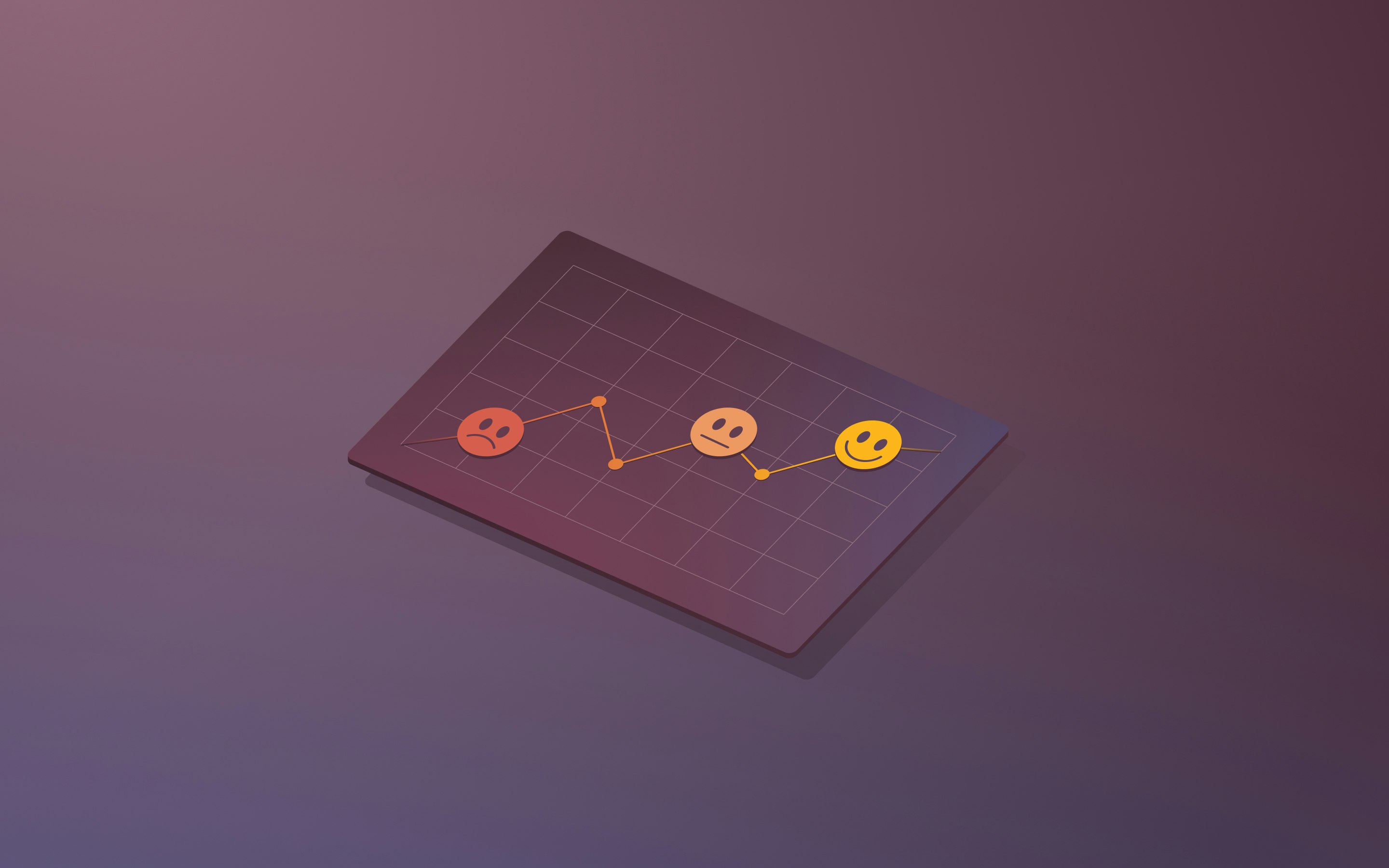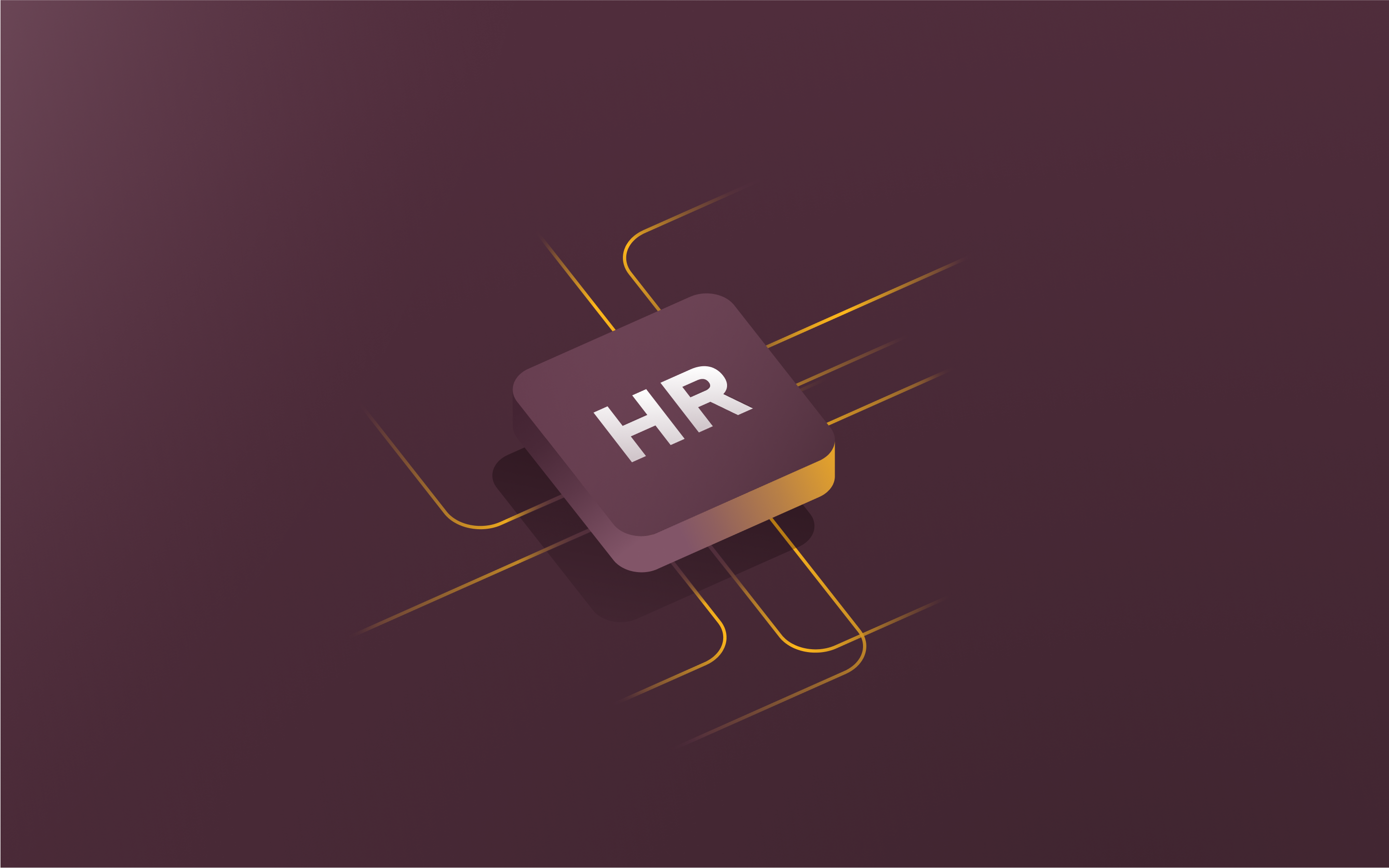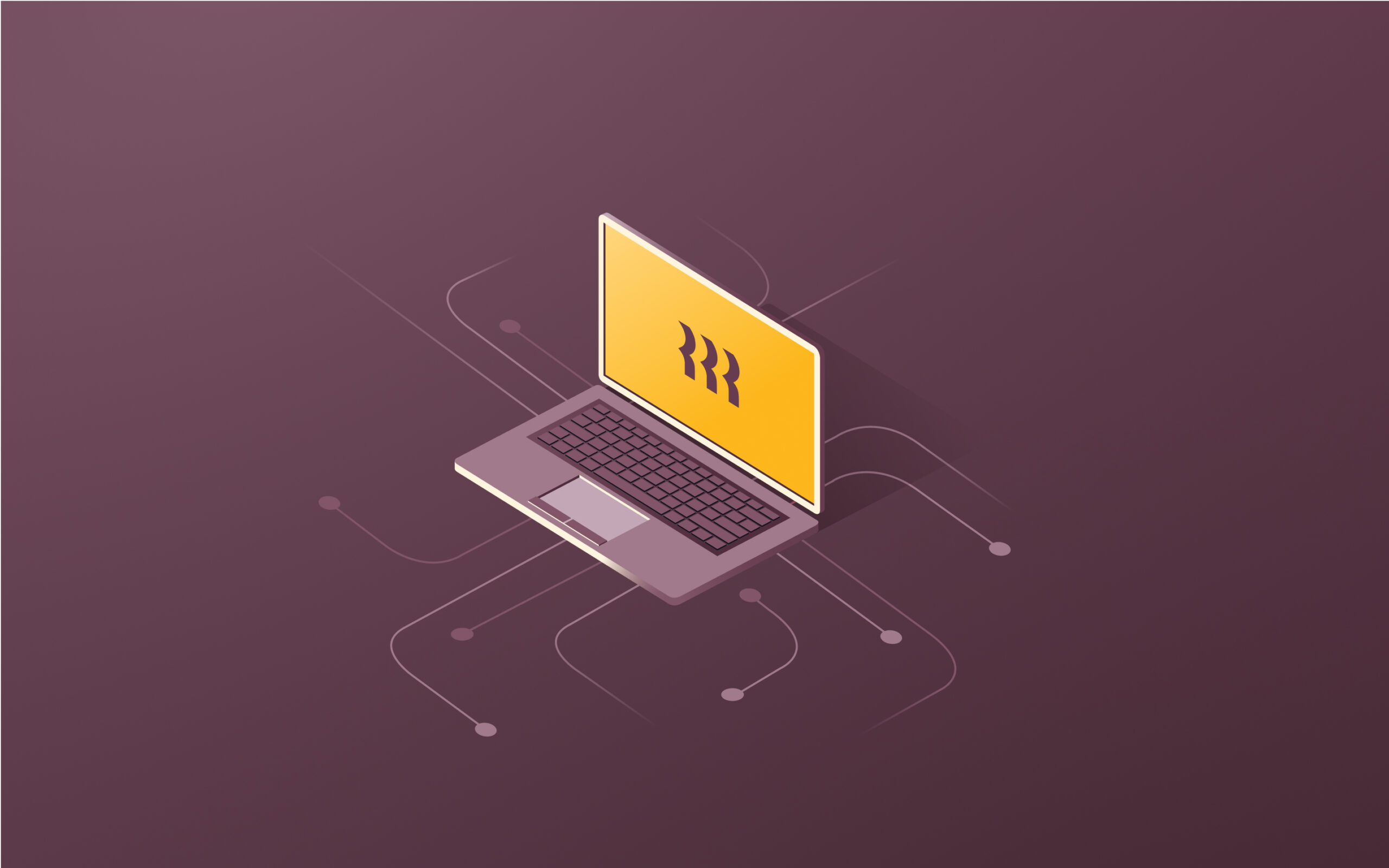ADP vs. QuickBooks: Payroll features comparison in 2025
Payroll software isn’t one-size-fits-all. What works for one business might not work for another. Some platforms handle tax filing differently, some offer more integrations, and others have clunky systems that slow you down.
ADP and Intuit QuickBooks are two payroll software options businesses sometimes consider. They both provide a payroll solution, but they take unique approaches and come with different limitations.
If you’re an HR manager or business owner trying to choose between them, or looking for something better, this guide lays it out clearly. We compare ADP payroll and Intuit QuickBooks payroll features, discuss their integrations, user experience, customer support, and pros and cons. By the end of this article, you'll know exactly what you can get with these two software options, and what you might be missing.
ADP vs. QuickBooks: Feature overview
QuickBooks vs ADP is a common comparison for businesses choosing payroll software. In the table below, you can explore their key features side by side.
Feature
ADP
Intuit QuickBooks
Tax filing
Calculates and files federal, state, and local taxes. Additional fees may apply for processing year-end filings.
Calculates and files federal, state, and local taxes. Includes year-end filings at no extra cost.
Payroll processing
Charges per payroll run; offers multiple pay options, including direct deposit and pay cards.
Offers unlimited payroll runs with direct deposit options; same-day direct deposit available in premium plans.
Global payroll
ADP offers global payroll solutions through products like ADP GlobalView Payroll and ADP Celergo, enabling payroll processing in over 140 countries.
QuickBooks doesn’t offer native global payroll capabilities. However, integration with third-party providers can extend payroll services to other countries.
Employee benefits
Offers various healthcare options and retirement plans.
Provides health benefits through AllState and retirement plans via Guideline.
Time tracking
Available as an add-on service.
Integrated time tracking included in higher-tier plans.
Integrations
Integrates with over 50 applications, including accounting software like QuickBooks and Xero.
QuickBooks integrates with over 750 popular business apps.
Customer support
Provides 24/7 support via phone and live chat.
Offers 24/7 chat support and phone support from Monday to Friday; also has a community forum.
User experience
Offers a range of features but has a steeper learning curve. Some users find the interface less intuitive.
Designed for ease of use, especially for businesses already using QuickBooks. More intuitive interface but fewer advanced features.
ADP vs. QuickBooks: Payroll features
When comparing ADP vs QuickBooks Payroll features, you need to look at how each platform handles payroll processing, benefits, and extra tools, like time tracking. Some features come with the base plan, while others require add-ons or upgrades. Here’s how these two software solutions compare on payroll features:
ADP
- Time tracking: ADP has time tracking, but it’s not part of the base plan. You’ll need to pay extra for Workforce Now or another add-on to track hours and sync them with ADP's payroll solution.
- Onboarding: ADP includes some onboarding features, like new hire reporting and compliance tools. It can help with background checks and automate paperwork.
- Benefits administration: ADP offers benefits management, including healthcare plans, retirement options, and workers’ comp. The options are broad, but costs depend on the package you choose.
QuickBooks
- Unlimited payroll: QuickBooks lets you run payroll as often as you need, without extra fees. ADP charges per payroll run, so this is a big difference when considering QuickBooks payroll vs ADP.
- Accounting integrations: Since QuickBooks Payroll is part of the Intuit ecosystem, it integrates directly with QuickBooks accounting software. If you already use QuickBooks, this can make tracking payroll costs easier.
- Benefits administration: QuickBooks offers health benefits through SimplyInsured and retirement plans through Guideline. It’s more limited than ADP’s options, but it can work for smaller teams.
ADP vs. QuickBooks: Integrations
Payroll software goes beyond paying employees. The right integrations can make things smoother by syncing payroll with your accounting, expense tracking, hiring, and benefits management tools. ADP and QuickBooks integrations work differently. One connects with more third-party apps, while the other sticks to its own ecosystem. Here’s how they compare:
ADP
- ZipRecruiter: ADP connects with ZipRecruiter, making it easier to post jobs and manage hiring. If you need recruiting tools alongside payroll, this might be a useful integration.
- Xero: If you use Xero for accounting, ADP can sync payroll data into your books. This can help keep everything in one place without manual data entry.
- SAP Concur: For businesses that handle a lot of employee expenses, ADP integrates with SAP Concur. This helps track expenses, reimburse employees, and keeps payroll in sync with financial records.
QuickBooks
- SimplyInsured: QuickBooks Payroll partners with SimplyInsured for health benefits. This lets businesses manage employee health plans, but the options aren’t as broad as ADP’s offerings.
- Expensify: QuickBooks integrates with Expensify for expense tracking. If employees submit expenses, this integration can make it easier to process reimbursements and sync costs with payroll.
- Salesforce CRM: QuickBooks Payroll connects with Salesforce, which can help businesses manage sales commissions and financial data in one place.
ADP vs. QuickBooks: User experience
Choosing the right payroll software involves looking at how easy it is to use daily. Here's how ADP and QuickBooks stack up in terms of user experience and design:
ADP
ADP offers a range of features, but some users find it has a steeper learning curve. The interface can feel less intuitive, especially for those new to payroll systems. With this being said, ADP provides a mobile app, enabling users to manage payroll on the go, which can add a layer of convenience.
QuickBooks
QuickBooks offers a straightforward interface that users find easy to navigate. Businesses using QuickBooks accounting software can sync payroll data automatically. The mobile app lets users manage payroll from anywhere, though it lacks some features found in the desktop version.
ADP vs. QuickBooks: Customer support
When it comes to customer support, ADP and QuickBooks offer different options to assist their users.
ADP
- Availability: ADP provides 24/7 customer support via phone and live chat.
- Onboarding support: ADP offers dedicated onboarding support for new clients, helping businesses set up their payroll processes efficiently.
QuickBooks
- Availability: QuickBooks offers 24/7 chat support and phone support from Monday to Saturday.
- Community forum: QuickBooks provides a community forum where users can ask questions and share solutions.
ADP vs. QuickBooks: Pros and cons
When evaluating ADP and QuickBooks Payroll, it's essential to weigh their advantages and drawbacks to determine the best fit for your business needs.
ADP
Pros
- More recruiting tools: ADP integrates with platforms like ZipRecruiter, enhancing its recruitment capabilities. This integration can make the hiring process easier by enabling job postings and applicant tracking within the system.
- Flexible payroll schedules and reporting: ADP offers customizable payroll schedules, accommodating various pay frequencies such as weekly, bi-weekly, or monthly. It also provides reporting tools, enabling businesses to generate detailed payroll reports tailored to their requirements.
- Extensive customizability: ADP's platform is customizable, enabling businesses to select and integrate features that align with their needs. From advanced HR functionalities to specific compliance tools, ADP can be tailored to support various operational requirements.
Cons
- Complex features and UI: Some users find ADP's interface less intuitive than other software. The platform's complexity can result in a steeper learning curve, especially for those new to payroll systems. This may lead to increased time and effort in training and daily operations.
- Limited employee scheduling capabilities: ADP's platform lacks robust employee scheduling tools. Businesses requiring detailed scheduling features might need to seek additional software or integrations. This limitation could lead to inefficiencies in workforce management.
- Limited labor forecasting: ADP doesn't offer advanced labor forecasting features. Companies aiming to predict labor costs and allocate resources effectively might find this aspect lacking. This absence can impact strategic planning and budgeting processes.
QuickBooks
Pros
- Unlimited payroll runs: QuickBooks Payroll allows businesses to process payroll as often they need to without incurring additional fees. This feature can be helpful for companies with varying pay schedules or those that need to run off-cycle payrolls.
- 30-day free trial: QuickBooks Payroll offers a 30-day free trial, enabling businesses to explore and assess the platform's features before committing financially. This trial period allows users to determine if the software aligns with their operational needs and preferences.
- QuickBooks accounting integration: Integration with QuickBooks Accounting software ensures that payroll data automatically syncs with financial records. This integration can simplify bookkeeping, reduce manual data entry, and minimize the risk of errors.
Cons
- Time tracking reserved for higher tiers: The time tracking feature in QuickBooks Payroll is only available in its higher-tier plans. Businesses subscribed to lower-tier plans may need to invest in additional tools or upgrade their subscription to access this functionality. This can lead to increased costs for companies requiring integrated time tracking
- Limited HR capabilities: QuickBooks Payroll primarily focuses on payroll processing and offers limited human resources features. Companies seeking comprehensive HR management tools, such as performance evaluations or advanced employee benefits administration, might find the platform lacking. This limitation may necessitate the use of supplementary HR software.
- The mobile app lacks pay-processing features: The QuickBooks Payroll mobile app doesn't support full payroll processing functionalities. Users may find it challenging to manage payroll entirely via the app, limiting on-the-go accessibility. This constraint could be inconvenient for business owners or managers who require mobile payroll management capabilities
Why Rippling is better than ADP and QuickBooks?
Payroll is just one part of workforce management. Today, businesses need more than just payroll processing. They need a platform that seamlessly connects HR, IT, payroll, and finance. Rippling is an all-in-one workforce management platform that does exactly that, bringing HR, Payroll, IT, and Spend together in one place, all built on a single source of truth.
Small businesses, fast-growing startups, and large enterprises all use Rippling because it scales as they grow. Whether a company has two employees or 2,000, Rippling’s platform adapts to business needs without requiring multiple third-party tools.
Automated payroll that runs in 90 seconds
Rippling automates payroll from start to finish, running in as little as 90 seconds. Unlike ADP and QuickBooks, which require more manual input, Rippling instantly syncs payroll with time tracking, benefits, and compliance. This significantly reduces errors, facilitating payroll that's accurate, on time, every time.
Rippling also automatically calculates and files payroll taxes with federal, state, and local agencies, helping your business maintain compliance without the extra effort. It supports both US and global payroll, making it easy to pay employees and contractors worldwide.
A single system for HR, IT, Payroll, and Spend
ADP and QuickBooks focus on payroll, but Rippling goes beyond that. It’s a unified workforce management platform that connects payroll with onboarding, benefits, device management, app access, and corporate spend tracking. Everything operates on a single system, so when an employee joins, gets a promotion, or moves to a new location, payroll updates automatically.
With ADP and QuickBooks, payroll often sits in a silo, requiring extra steps to sync changes across different systems. Rippling eliminates those extra steps by keeping payroll connected to every part of your workforce data.
ADP vs. QuickBooks FAQs
Does ADP handle accounting like QuickBooks?
ADP primarily focuses on payroll and human resources services, offering features such as payroll processing, tax filing, and benefits administration. While ADP provides some general ledger functionalities and can generate reports for accounting purposes, it doesn't offer comprehensive accounting solutions.
In contrast, QuickBooks is a full-featured accounting software that includes payroll as one of its services. QuickBooks enables businesses to manage various accounting tasks, including invoicing, expense tracking, and financial reporting, in addition to payroll processing. Therefore, while ADP supports certain accounting functions related to payroll, it doesn't handle accounting as extensively as QuickBooks.
Can ADP and QuickBooks be integrated?
Yes, ADP and QuickBooks can be integrated to streamline payroll and accounting processes. This integration allows payroll data from ADP to transfer automatically into QuickBooks. To set up this integration, users can use the ADP RUN application available in the QuickBooks App Store. By connecting the two platforms, businesses can ensure that payroll transactions are accurately reflected in their accounting records, facilitating better financial management and reporting.
What is the primary difference between ADP and QuickBooks?
The main difference between ADP and QuickBooks is their focus. ADP specializes in payroll and HR services, offering payroll processing, tax filing, and benefits administration. It can be suitable for businesses that need a standalone payroll system with HR support. QuickBooks, on the other hand, is primarily accounting software that includes payroll as an add-on. It provides bookkeeping, invoicing, and financial reporting, making it a better fit for businesses that want integrated accounting and payroll in one system.
When comparing these platforms, it’s important to consider the pros and cons of QuickBooks Payroll. QuickBooks Payroll offers unlimited payroll runs and easy accounting integration, but it limits time tracking to higher-tier plans, and HR features aren't as advanced as ADP's. Businesses needing strong HR tools may prefer ADP, while those looking for an all-in-one accounting and payroll solution might lean toward QuickBooks.
Is QuickBooks becoming obsolete?
No, QuickBooks isn't becoming obsolete. However, Intuit, the company behind QuickBooks, has made changes to its product offerings. As of September 30, 2024, Intuit stopped selling new subscriptions for certain US versions of QuickBooks Desktop, including Pro Plus, Premier Plus, and Mac Plus. Existing subscribers can continue to renew their subscriptions and receive support.
Intuit is focusing more on its cloud-based solutions, such as QuickBooks Online, which offer new features and regular updates. Therefore, while some desktop versions are being phased out, QuickBooks continues to run with an emphasis on its online platforms.
This blog is based on information available to Rippling as of February 17, 2025.
Disclaimer: Rippling and its affiliates do not provide tax, accounting, or legal advice. This material has been prepared for informational purposes only, and is not intended to provide or be relied on for tax, accounting, or legal advice. You should consult your own tax, accounting, and legal advisors before engaging in any related activities or transactions.











